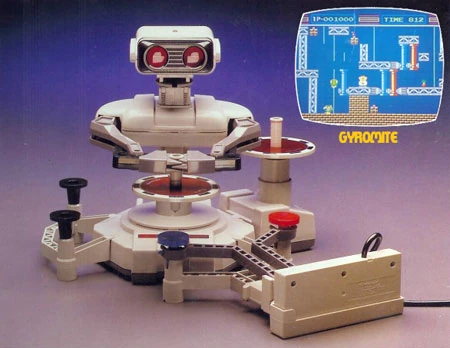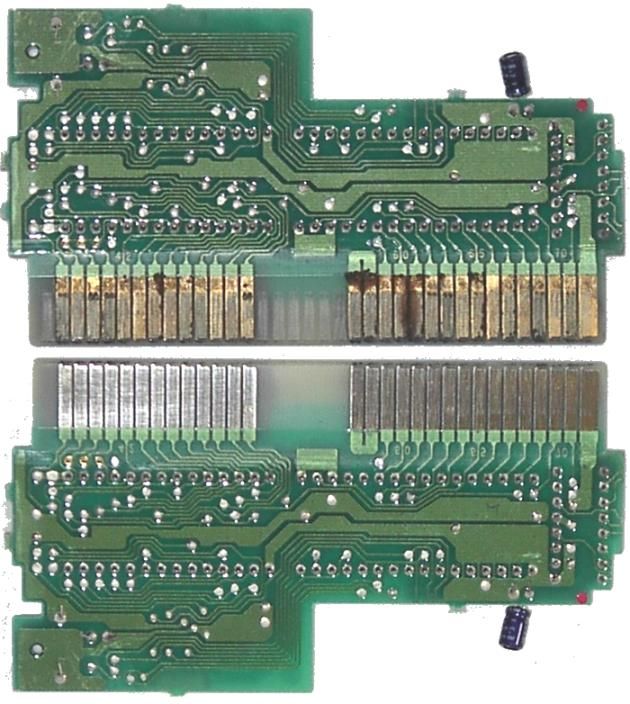A retrospective look at one of the greatest Consoles of all time.
Not including Nintendo's 'Color TV Game', the NES was Nintendo's first real stab at the home video game market. And what a stab it was. Comparatively to the previous well known 8-bit systems of the day (the Atari for those too young to remember), The NES featured superior graphics, betters sound and a controller that consisted of more than a joystick and one button, and even launched with the famed 'Light Gun'. And with one of the most robust line-ups of launch titles to date (still impressive by today's standards), the NES grew to be one of the most successful video game consoles of all time.
The Nintendo Entertainment System didn't have the smoothest of launches in the US however. The NES launched in America in 1985, shortly after the time Atari was on it's way out (largely due to the ET scandal). It was so tough for Nintendo to get a leg into the market, largely as many stores refused to even stock game systems any more, they had to get clever. And that's why they decided to market themselves as a 'Home Entertainment System', even through in a few gimmicks like R.O.B. the robot. Even with the rough beginnings, the Nintendo was a quick success, turning themselves into the 'must have' Christmas present for the next 5 years.
Nintendo's first game line-ups could be considered baby steps for them if you think of how the console evolved. Even with the somewhat rough beginnings, Nintendo's early days (including the bundled games at launch) included Super Mario Bros. and Duck Hunt, which are games that are still loved today. The games on the NES quickly evolved as well. Shortly into the system's life, Nintendo released a game so massive, it required something no console system had ever seen, saves. This game would be the famed 'Legend of Zelda'. And they only continued from there. The NES allowed Nintendo to produce games of such quality (and fun), it launched numerous franchises and characters that are still relevant today.
Let's take a brief look at the evolution of Nintendo's games. If you look at the start, it's very blocky. The graphical limitations are easily seen. You can make out what the characters are supposed to be, but blocky. The sounds were also pretty basic. All the sounds in the early days (and this includes any music track in the game) are all single note sounds. Even with these limitations, the designers at Nintendo, and the composer Koji Kondo were able to produce memorable characters and music. Shortly into the NES's life, the developers were learning how to design around the system, finding what it was capable of. This allowed for some fantastic innovation. They were developing games with top down perspective, driving games with a 1st person perspective. If you think about it, games that utilized the Light Gun were the first console based First Person Shooters. Yes they were limited to the technology of the time, and are more accurately known as 'Rail Shooters', but these were the first steps in that direction. On top of that, Nintendo started greatly enhancing the sounds the NES was able to make. This not only allowed for much more robust soundtracks, even some games were capable of voice... Sorta (example: Bayou Billy).
One of Nintendo's great innovations were it's controllers. The controllers were some of the first to have more than 1 action button, and oddly one of the first to allow you to pause the game with the start button (Start to stop, must be where Windows got it from). It was one of the first, purely hand held controllers, without making us use some facsimile of a Joy stick. Most of the early joystick controllers required some sort of table to sit at to really be usable, with some feeble attempt of using suction cups on the bottom, and would come loose at the most inopportune moment. What the NES controller allowed us to do was move, steer, whatever with the left hand and do whatever action is required with the right hand . This was an evolution that can be likened to the evolution of man growing thumbs. This was such a good controller setup, it's still the base of almost all hand-held controller layouts to this day.
I don't want this to just be a parade with out great the NES was. As with everything, it was not without faults, and the NES had some biggun's. First was the setup. To this day, I've yet to see a setup that was more un-reliable and fiddly, and I have a Wii. They didn't come with any standard component cables, but an adapter to work with your Cable port (The RF adapter). I understand this was to allow the NES to work, even if you didn't have a VCR. But this allowed for the worst possible picture quality, and the component cables weren't even a stock option.
And once you did figure out how to hook the thing up, you had to deal with one of the most un-reliable consoles to ever be released (maybe aside from the X-Box :p). All of us had our tricks, having the cartridge in just the right, un-plug and plug it back in, hold power and reset at the same time, jump up and down, sacrifice a chicken, and none of it helped. Sadly, I think we all knew it too. What was truly at fault was 2 things, dust and corrosion. Even though the NES had a closing lid to protect it's delicate interiors, dust would still manage to find it's way in there. Probably as most of us didn't use dust covers on the games them-selves. This would lead to us blowing the systems out with our mouths, which seemed to work great.... at first. When we would blow out both the cartradges and the console, what we were also doing is leaving little saliva deposits, which would cause rust and corrosion, making our NES's more and more un-reliable to the point of almost being un-useable. This is such a well known problem, that 3rd party companies were (and are) making replacement parts for the pin reader system.
On top of the corrosion issues, there was also a design flaw in just using the games, even if you took every opertunity to protect the system. Because of Nintendo's use of light weight metals (I.E. Nickel) on their contact pins, repeated use, pressing the game down in the system would cause the pins to start to bend, and eventually loose connectivity. This is one flaw that could not be circumvented. Again, there are (and were) companies that make replacement parts for this. Thankfully this was an issue Nintendo recognized and corrected in the Super NES with their top loading system. Funnily, you can almost call this an un-planned obsolescence. As all our NES' were dying, Nintendo had launched the SNES. The 'Here's your fix... A new system!'.
But I digress. Even with these faults, the NES laid the foundation for Nintendo, and the home video game consoles as a whole. It was an important step. Many of us today still hold the NES in reverence. It was many gamers first system, and was a leap forward compared to what had been release previously. The NES was the first system to step out of our world and be a hero, go and save the princess, or be a Formula 1 driver. Nintendo hit the nail on the head with this one, and with luck, the NES will forever live on.







No comments:
Post a Comment